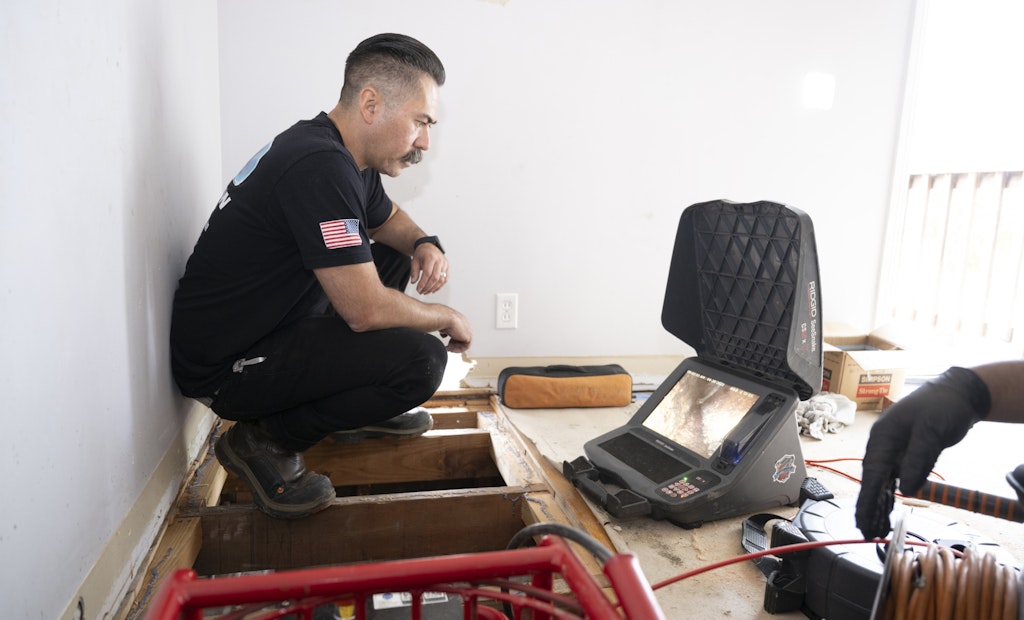Snaking a camera down a pipe to better understand what’s happening inside is essential to quality work.
As a result, investing in camera reels and monitors that enable you to see clearly in-pipe and communicate your findings to clients can mean the difference between a loyal or...






